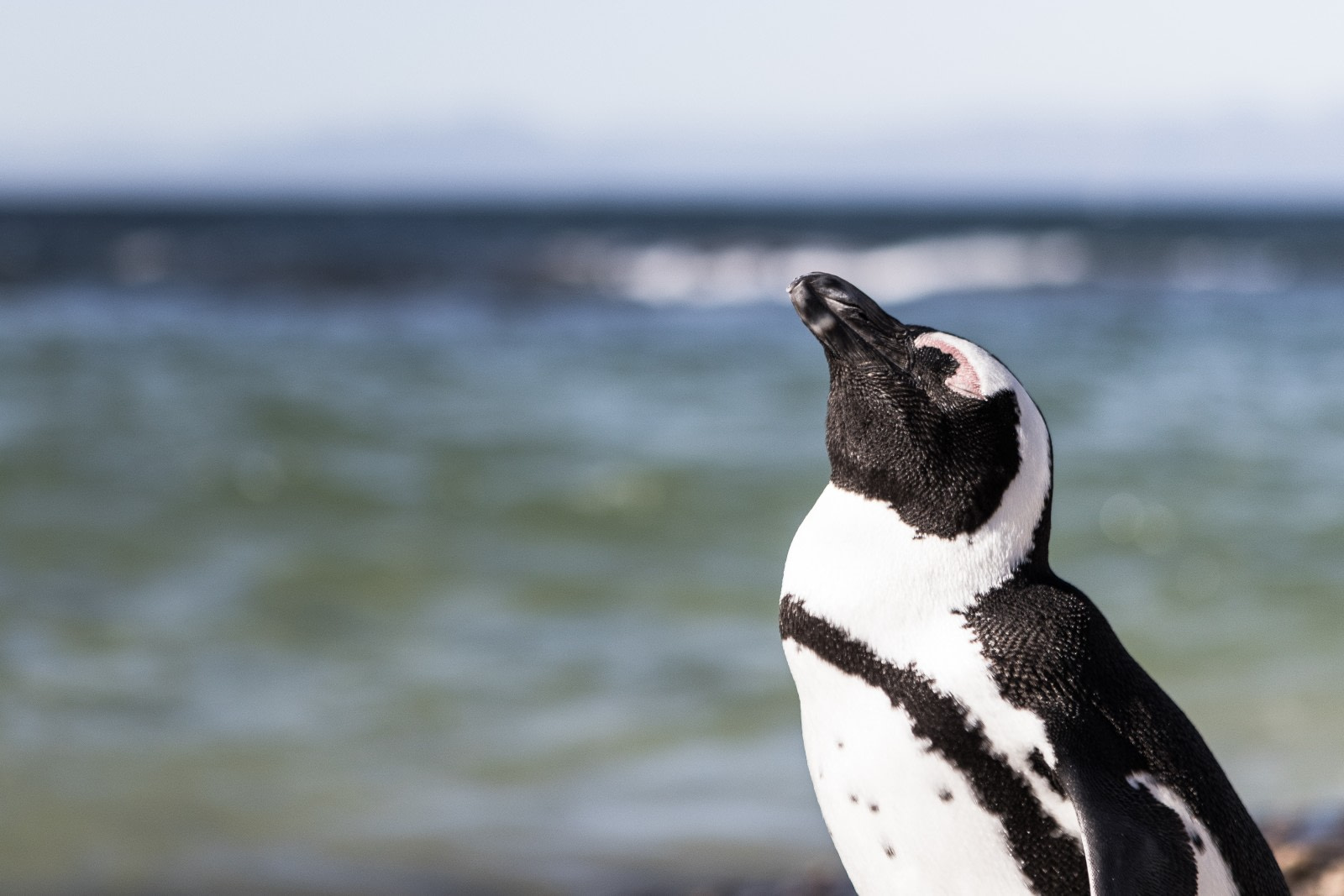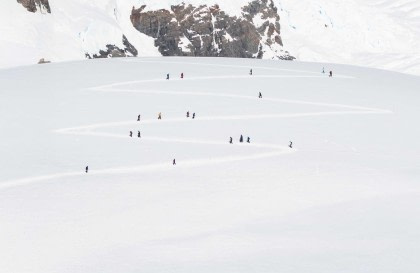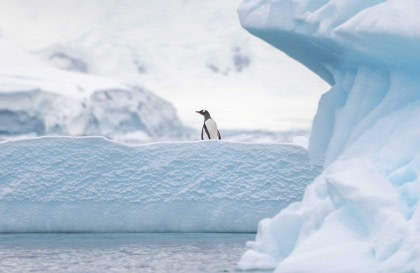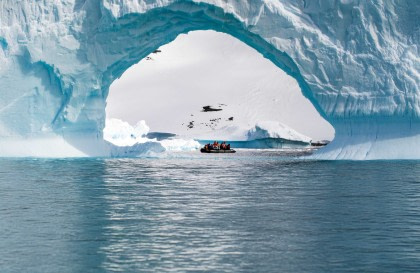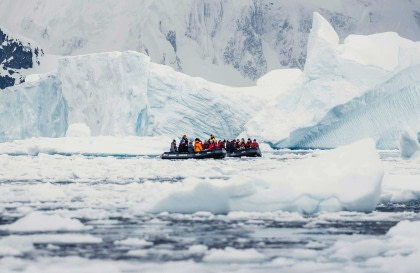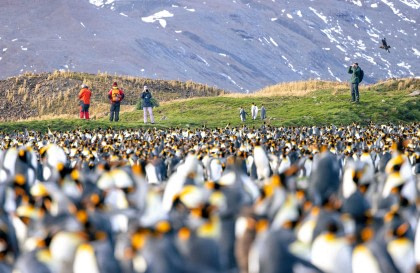How Arctic Wildlife Differs from Antarctic
While there are definite similarities between the north and south poles, at the same time, the two regions are vastly different. Though both are cold and dry, each pole is unique in its terrain and climate. While the Antarctic is harsh and inhospitable, home to only two native vascular species of plants, the Arctic tundra can support a wider range of fauna with its warmer temperatures and a greater diversity of plant life. Here are just some of the different animals that you can expect to see in the Arctic as opposed to the Antarctic.
Animals in the Antarctic
About 98% of the south pole is covered in ice, making it difficult for life to survive on the majority of the continent. A lack of rivers and vegetation also makes the region fairly inhospitable, but it is still possible to view wildlife if you know where to look. Along warmer coastlines, densely populated colonies are able to thrive. There are very few herbivores thanks to the limited plant life, but there are plenty of creatures that feed in the sea and live on land. The most common Antarctic animals include:
- Emperor Penguins: The world’s largest penguin, this behemoth can stand up to four feet tall and weighs up to 90 pounds.
- Southern Elephant Seals: These are also the largest of their kind. With males weighing up to 8,000 pounds and measuring as long as 15 feet, these beasts are bigger than any other seal.
- Leopard Seals: These fierce predators are known for their distinctive spotted appearance and feed on fish, penguins, and even seal pups.
Life on the Arctic Tundra
Unlike the Antarctic, the Arctic is able to support a wide range of flora and fauna. This is thanks to the fact that instead of a sheet of ice, much of the region is covered in permafrost instead. This is a thick layer of subsurface layer of frozen soil, and while it prevents some plants from growing, many others are able to thrive in this environment. The tundra is treeless, but the land is home to almost 2,000 species of smaller shrubs, sedges, grasses, mosses and liverworts as well as alpine type flowering plants and lichens. There are also rivers that flow through the region to help support life. Thanks to its more forgiving climate, the Arctic boasts a very different range of animals than the Antarctic, including:
- Polar Bears: The largest bear on the planet, polar bears can weigh up to 1,500 pounds and feed mostly on seal populations.
- Musk Ox: These grazing animals have been nearly wiped out by hunting, but there are still small populations in the Arctic tundra.
- Reindeer: Like musk ox, reindeer live on the tundra, but they travel great distances throughout the year.
- Narwhal: This mythical-looking creature has a single horn on its snout for defense and feeds on fish, squid, and shrimp.
The North Pole and the South Pole, while similar in some ways, differ in many others. The Antarctic is cold and unforgiving, home only to the hardiest of sea mammals, while the Arctic can support more herbivores and land-based wildlife. Despite the extreme conditions at the ends of the Earth, you can still find an impressive level of biodiversity waiting around every corner.
Photo credit Noah Holm / Unsplash
